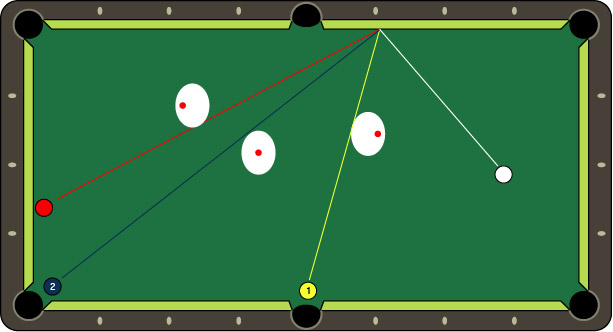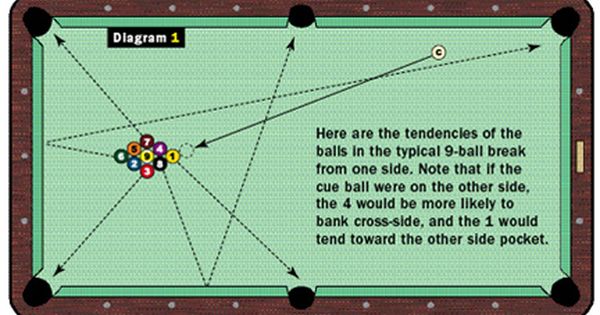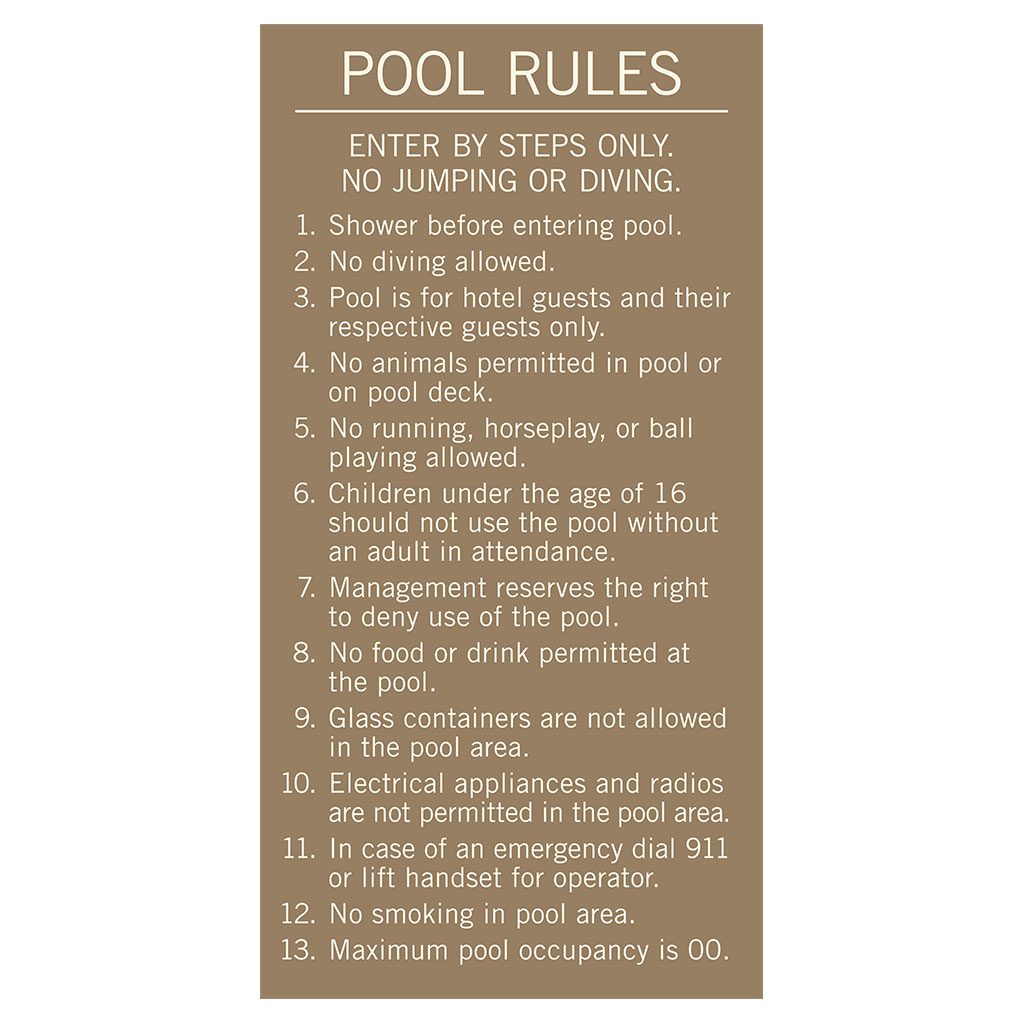
They are an important part in the game. They influence the ball’s ability to bounce off the pocket. They vary depending on the style of your table. They can range from 4.5 to 6.25 inches wide to as big as five inches. The American pool table's pocket openings should be between 4.5 and 4.625 inches while the pockets on the centre and corner pockets should be five to five and a half inches wide. The pocket's vertical angle should be between 12-14 degrees. English pool tables have pockets that are rounded. This gives the ball a greater bounce and makes it more difficult to hit.
American pool tables have bigger pockets
American pool tables have pockets that are larger than those in England. American pool tables typically have pockets between three and six inches deep. This makes it easier for larger balls to be thrown. American versions have pockets that are straight-cut in the middle instead of being full corners.

The shape of the American and English pool tables is another difference. American pool tables have rectangular pockets, while English tables have oval pockets. These shapes depend on the ratio between the ball and the pockets. The angle for the corner pockets is about two-thirds of the ball's width. The angle for the centre pockets is half an inch.
A pool table in America is faster than one in England because the balls are bigger. This is important as English pool balls can easily slip into the pockets. Due to the increased contact with the pockets, English balls are more likely to react incorrectly. American-style tables are designed with wider pockets, which makes them ideal for competitive 8 and 9-ball games.
Modern pool tables are the same size as traditional ones.
The table's size will impact the size of your pockets. A table that is 4 feet tall will have a smaller opening than one that is 8 feet. American pool tables also use slightly different pocket shapes than their British and European counterparts. American pool tables have a standard pocket that is straight at 142 degrees. English tables have a more rounded shoulder, narrower entrance, and a wider pocket.
Make sure you choose a similar-sized pool table when buying one. There are many types of pool tables, with the average size being seven feet in length. Although coin-op and bar tables may be smaller than this, they are rare. The standard size pool table includes a droppocket and a balls return. The dimensions of the pockets will vary depending on where you live and what era it is.

A pool table's materials can have a significant impact on its performance. American tables feature thicker sectional slats. These are made up of several pieces, which are then sealed with special wax. English pool tables have one piece of slate, and are 21mm thick.